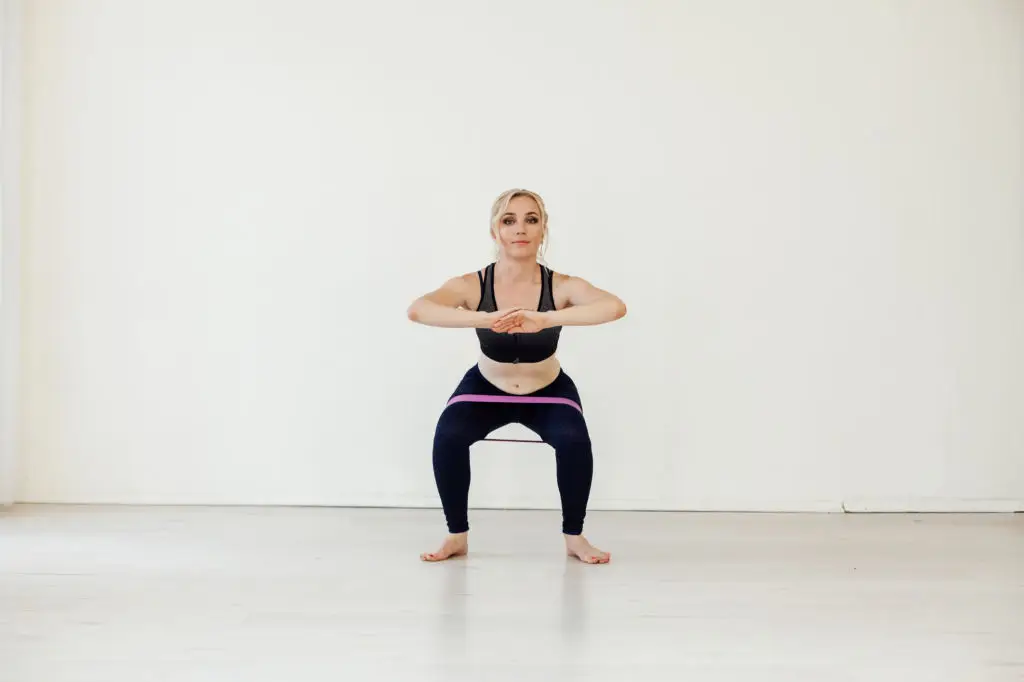17 Joint-Friendly Workouts That Deliver Serious Results Without the Impact
Protecting your joints doesn't mean accepting slow progress. You can build strength, stamina, balance, and mobility with movements that avoid pounding and jarring forces. The right set of low-impact workouts gives you measurable results while reducing wear and tear on knees, hips, ankles, and shoulders. This expanded list gathers the approaches—water-based cardio, controlled strength work, adaptive HIIT, balance training, and more—so you can mix strategies that match your goals and abilities. Start with a quick five- to ten-minute warm-up that includes gentle range-of-motion drills and light marching or arm swings. That prepares cartilage, muscles, and tendons for movement without stress. For people with arthritis or recent joint procedures, check with a clinician about restrictions before beginning. Use the brief cues and modifications included with each item to scale the challenge. Some workouts in this list deliver steady-state conditioning; others use short intervals to boost cardiovascular fitness while protecting connective tissue. Aim for consistency rather than intensity—two or three sessions a week per modality builds durable strength and resilience over time. If you feel sharp pain, stop and adjust the movement. Gentle soreness after a new challenge is normal; persistent joint pain is not. These options are written so you can find an approachable starting point and progress safely as confidence and capacity grow.
1. Glute Bridges: Build Posterior Strength Without Knee Stress

Glute bridges target the glutes and hamstrings while keeping the knees softly bent and unloaded. Strengthening the posterior chain helps protect the lower back and reduce stress on the knees during everyday tasks like standing and climbing stairs. Start lying on a mat with feet hip-width and knees bent. Press through the heels to lift the hips until your body forms a straight line from shoulders to knees, then lower with control. Work in sets of two to three with ten to fifteen repetitions. Focus on slow, controlled tempo—a three-second lift and a two-second lower—so the muscles, not momentum, do the work. Progress by holding a light dumbbell across the pelvis or moving to single-leg bridges when stability allows. Regress with a smaller range of motion or by practicing glute squeezes while lying down if hip mobility is limited. Watch for a tendency to overarch the lower back; keep the ribcage soft and the core engaged to protect the spine. Regularly doing glute bridges can improve walking mechanics, reduce compensatory knee load, and make daily movement feel easier.
2. Resistance-Band Squat Variations: Safe Strength for the Lower Body

Resistance bands let you build lower-body strength without heavy free weights, which can be kinder to aging joints. Place a loop band above the knees or hold a long band under your feet for added resistance. Practice a hip-dominant squat by sitting back as if lowering into a chair, keeping knees aligned over toes and weight in the heels. Tempo matters: try three seconds down, a one-second pause, and a controlled drive back to standing. Aim for three sets of eight to twelve reps depending on strength goals. If knee pain flares, use a chair to perform box squats so you limit depth and protect the joint. For more challenge, add banded pulses at the bottom or a slow eccentric focus where you lower for five seconds. Banded squats emphasize hip and glute activation, which reduces compensatory strain on the knees. Keep the chest lifted and the spine neutral to avoid placing extra load on the lumbar discs. Bands are inexpensive, portable, and easy to tailor: swap to a heavier band as strength increases.
